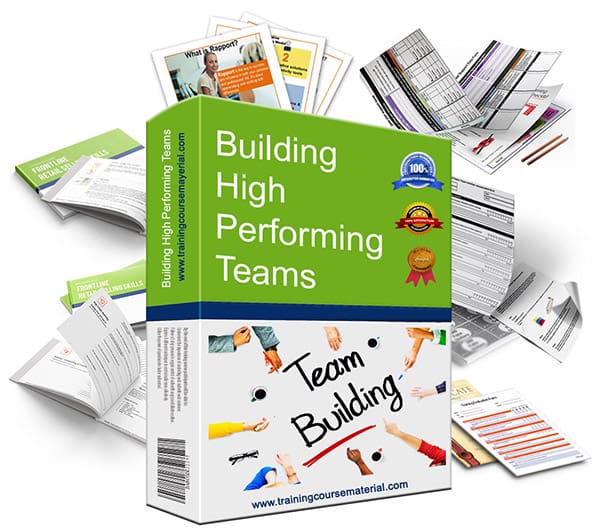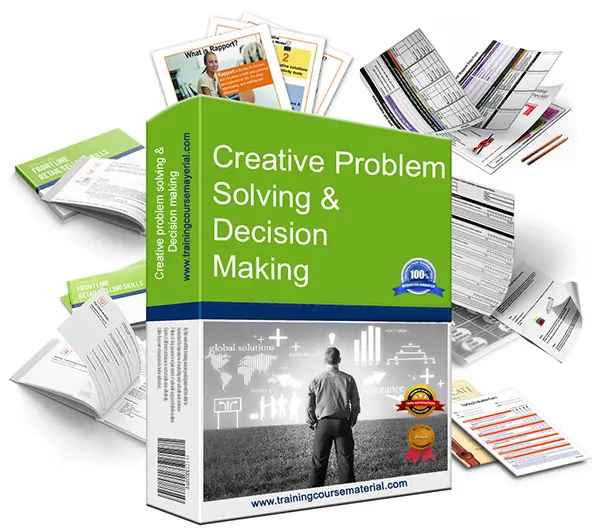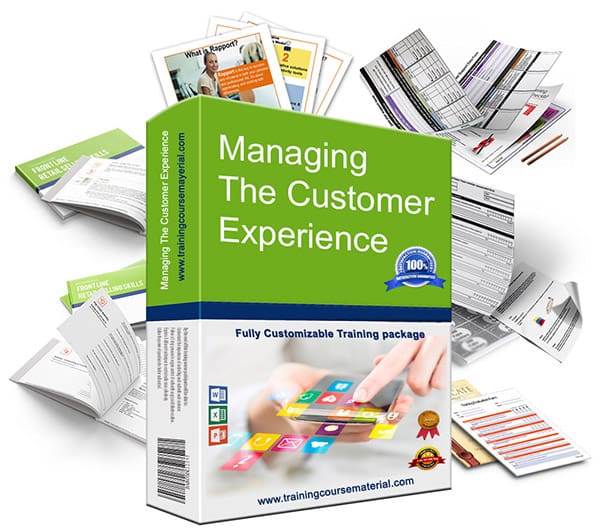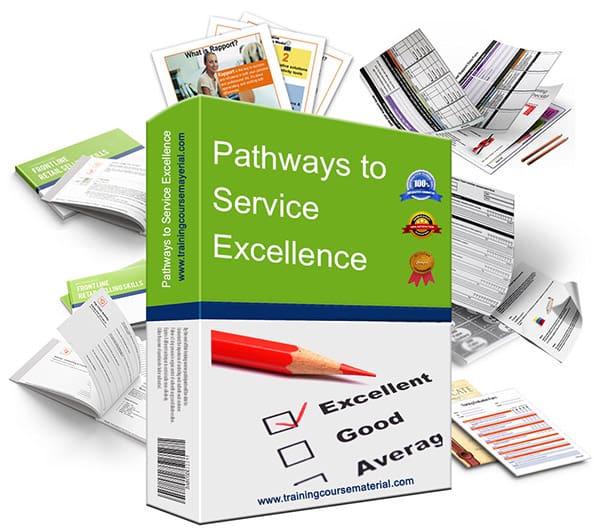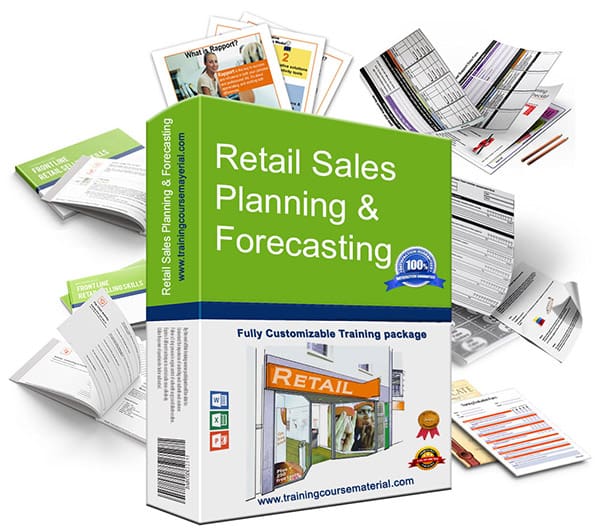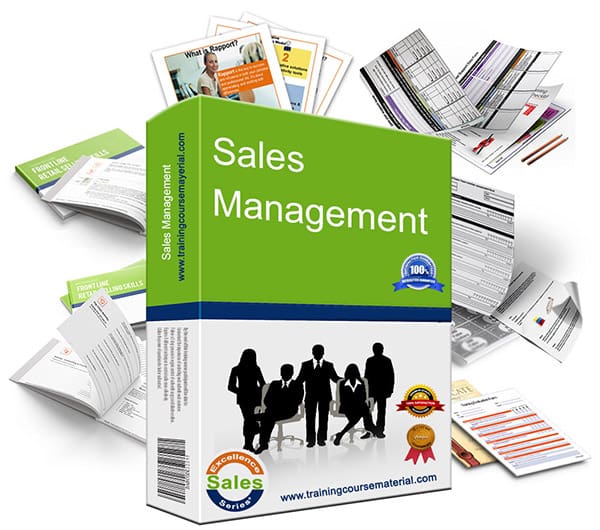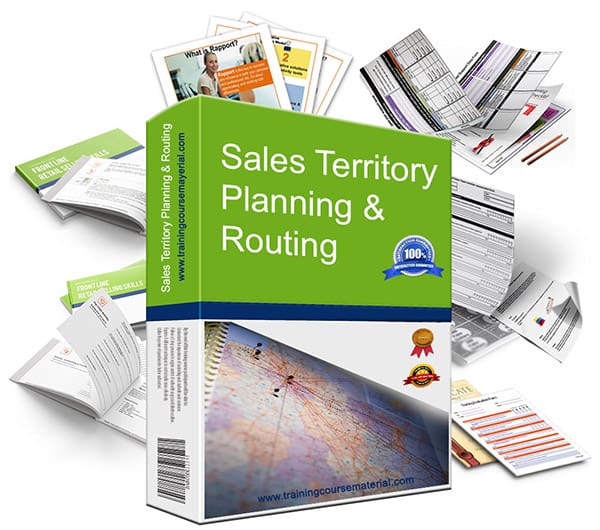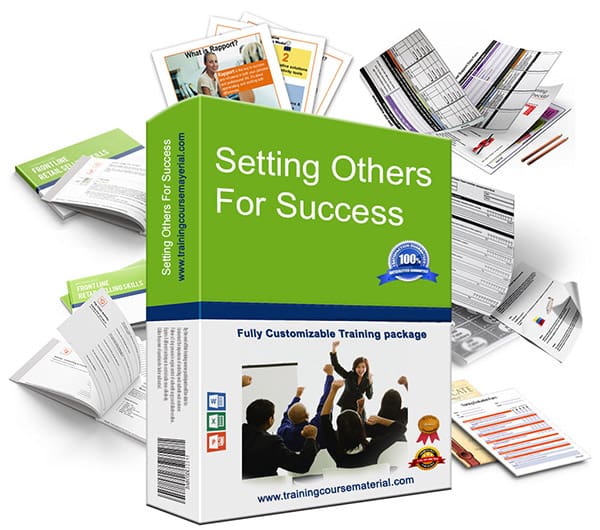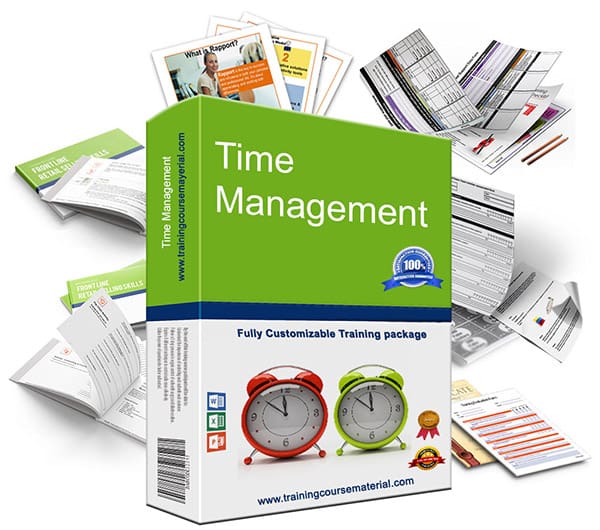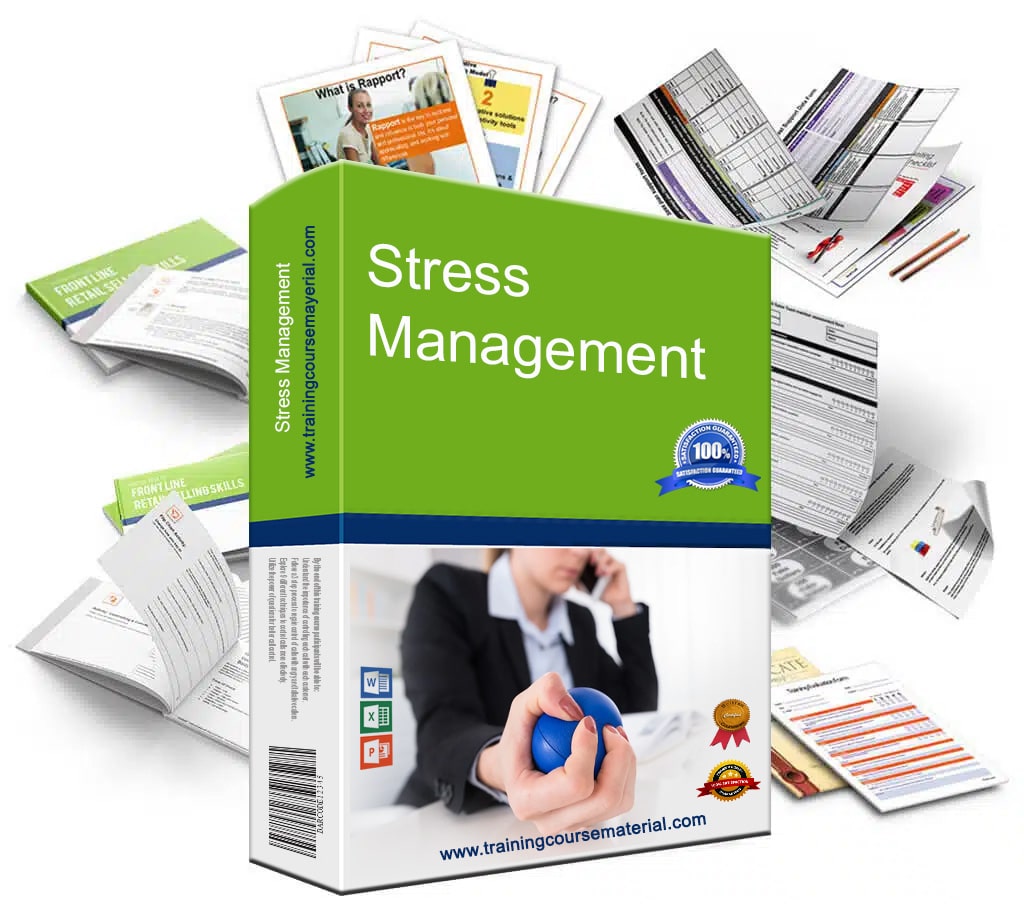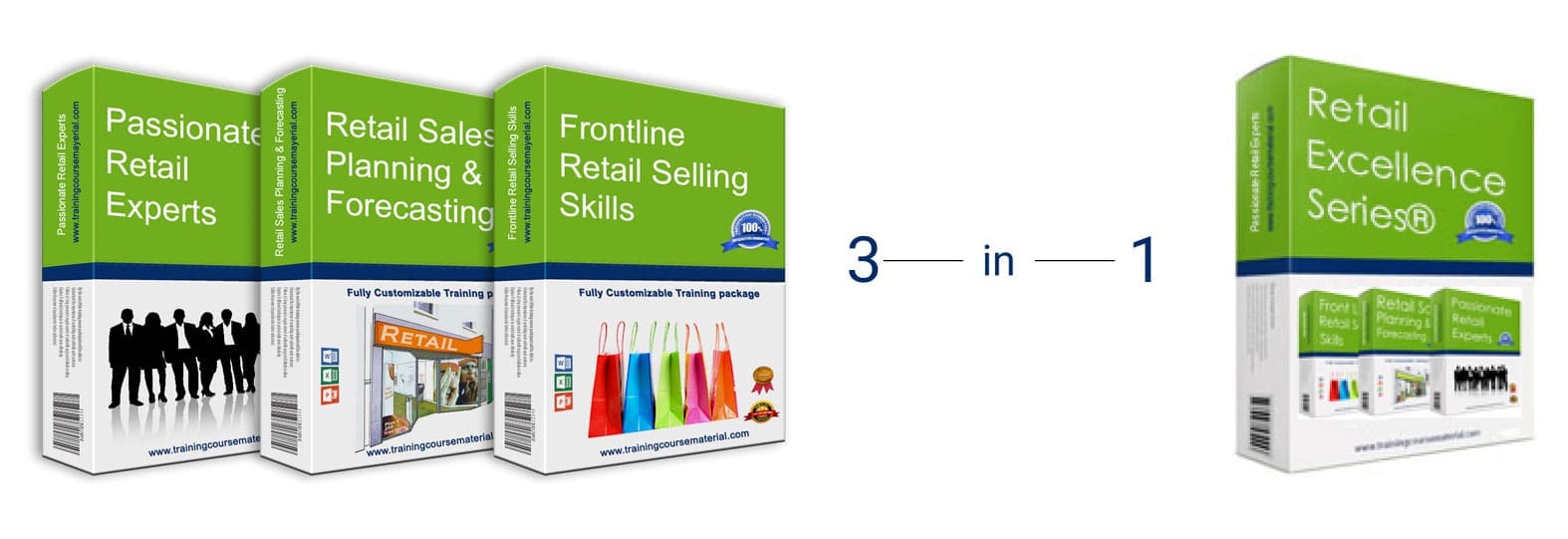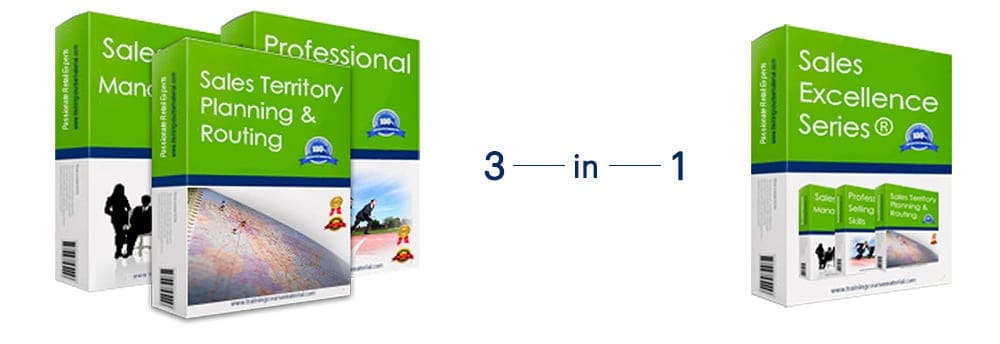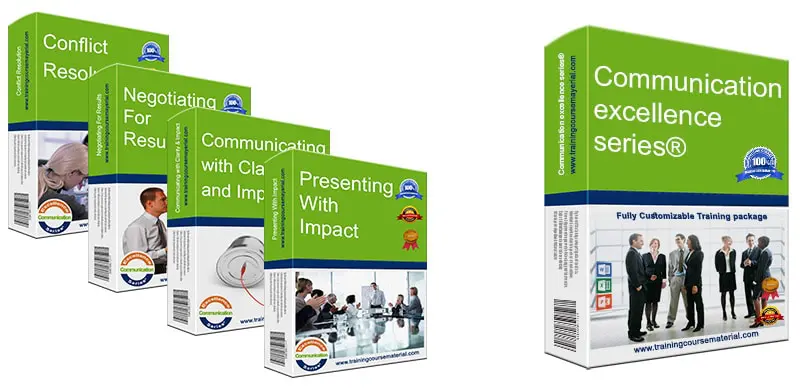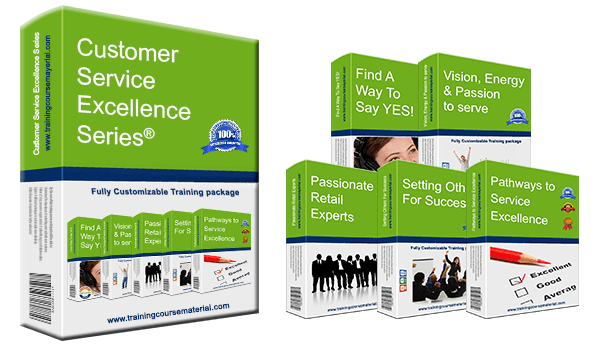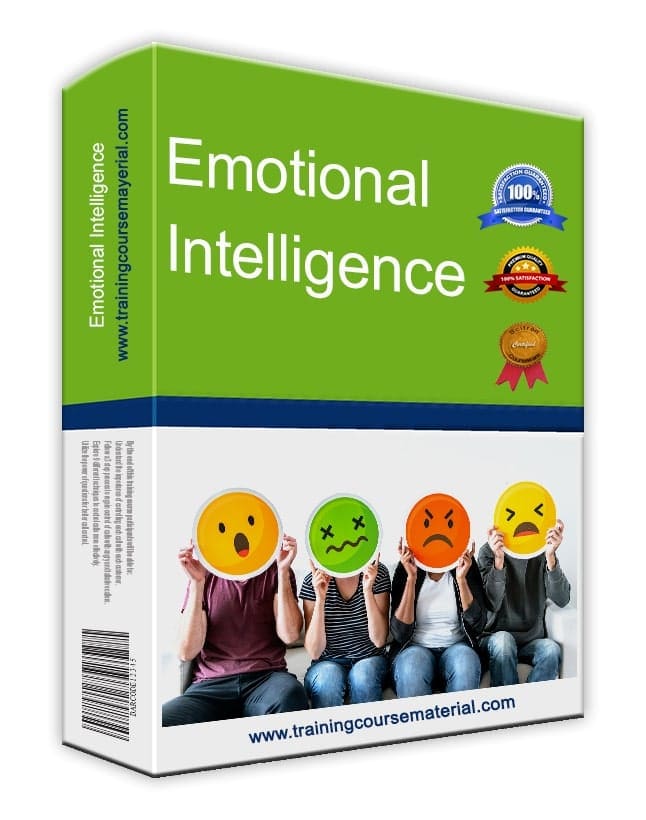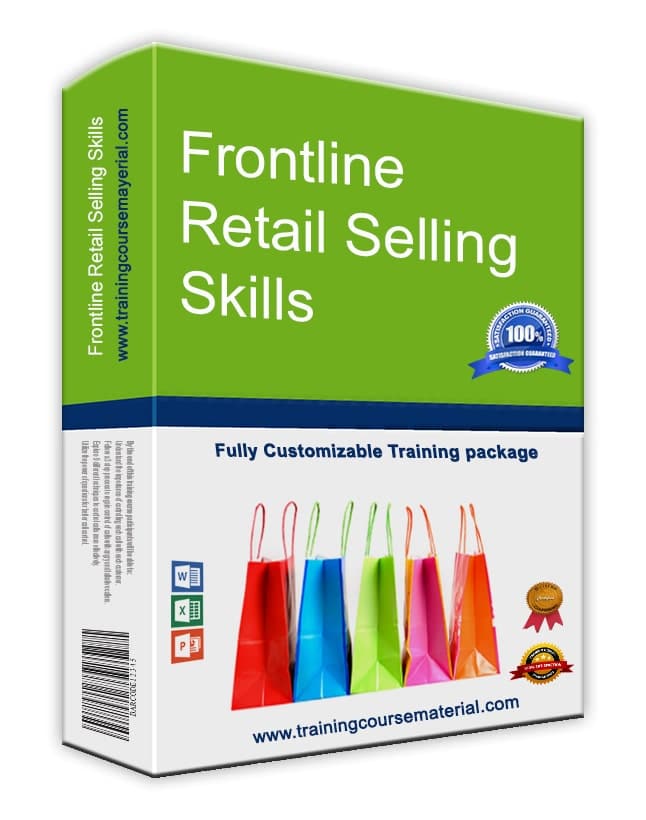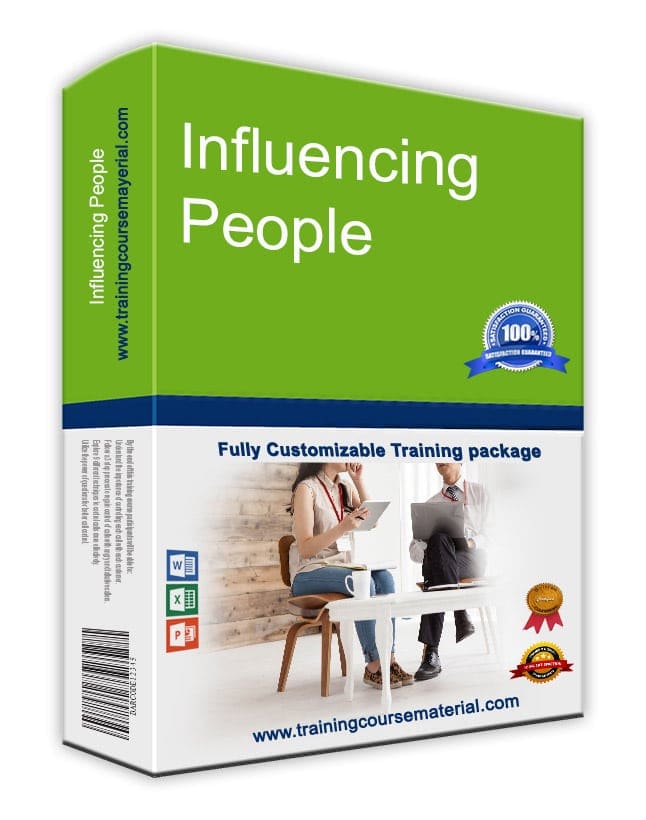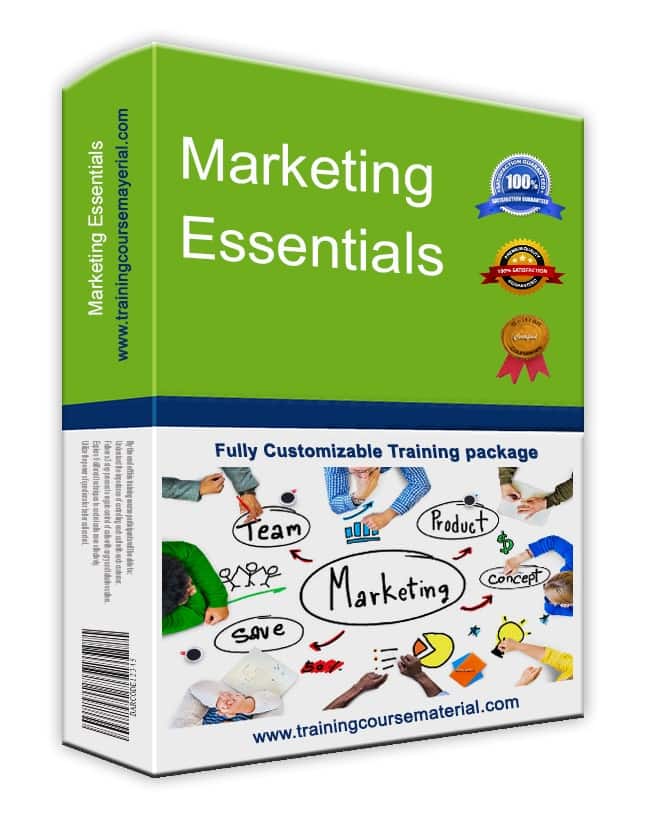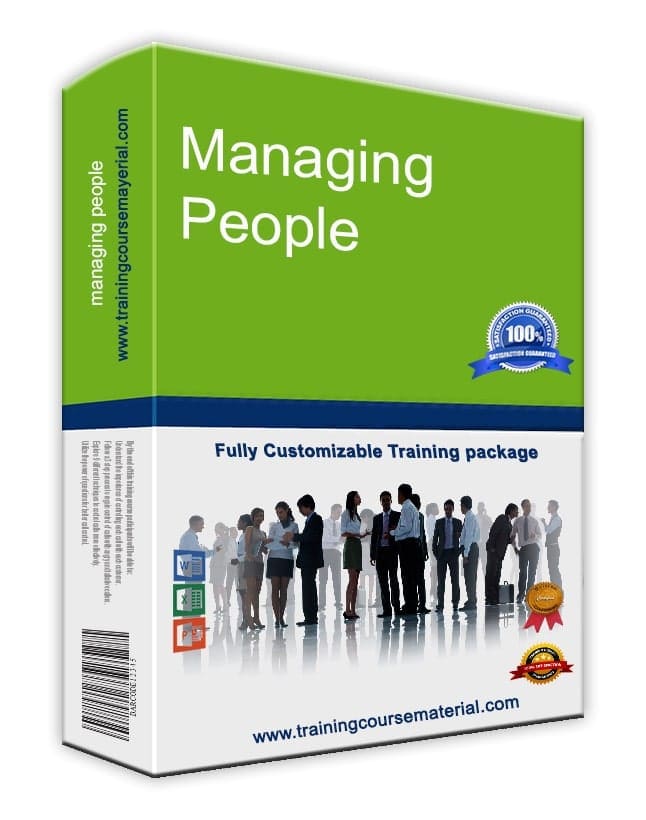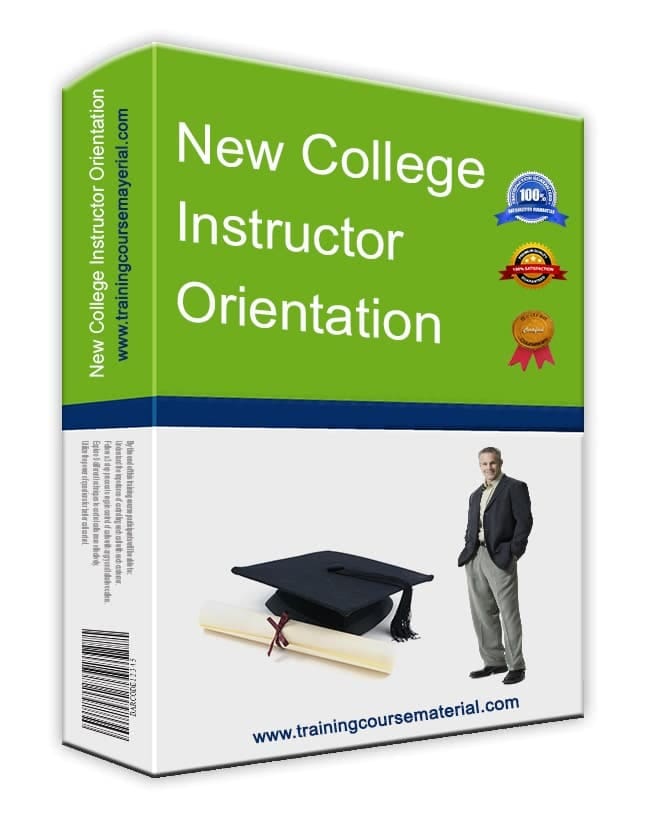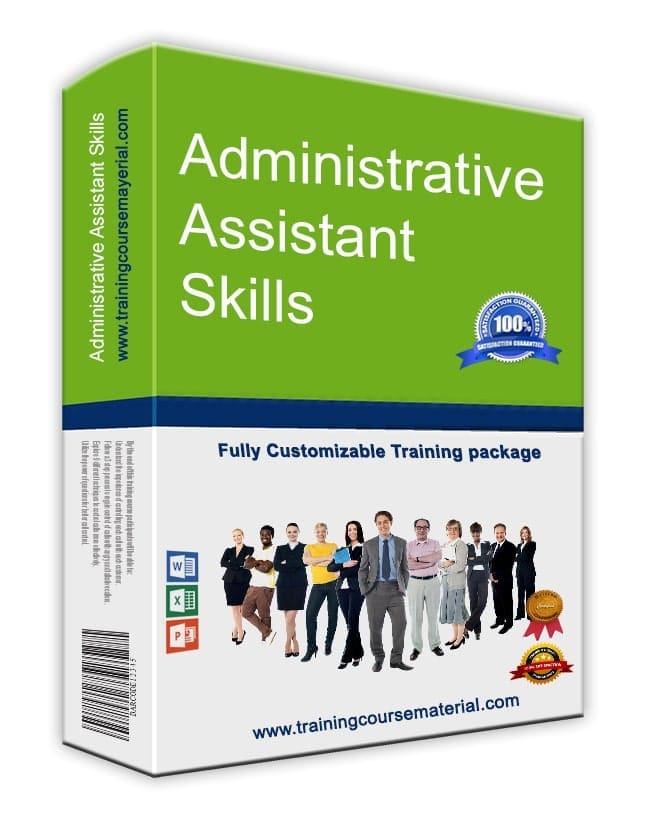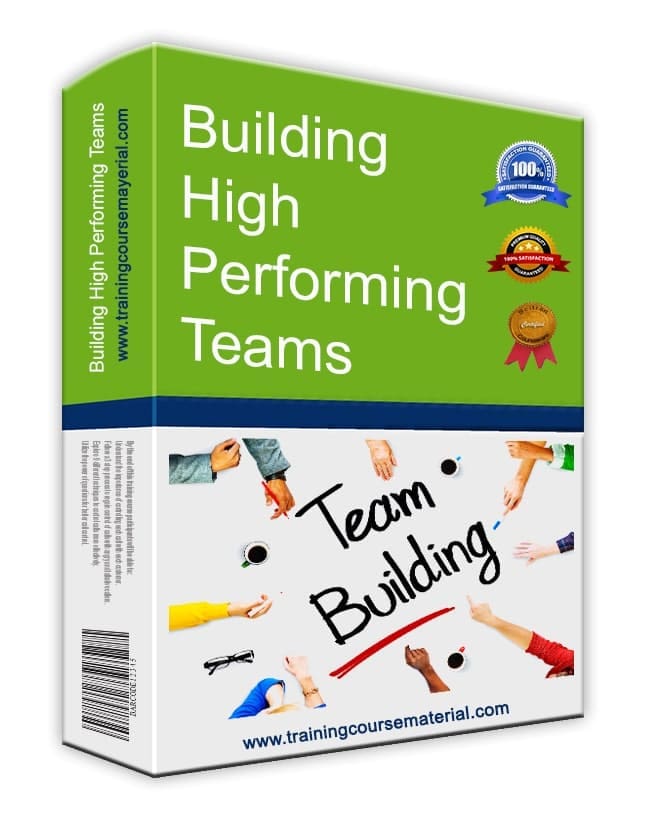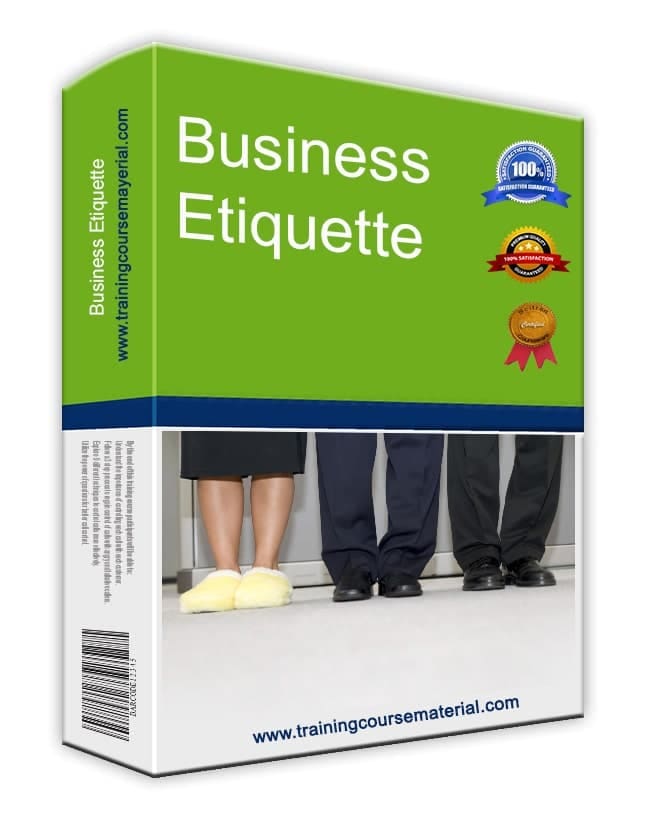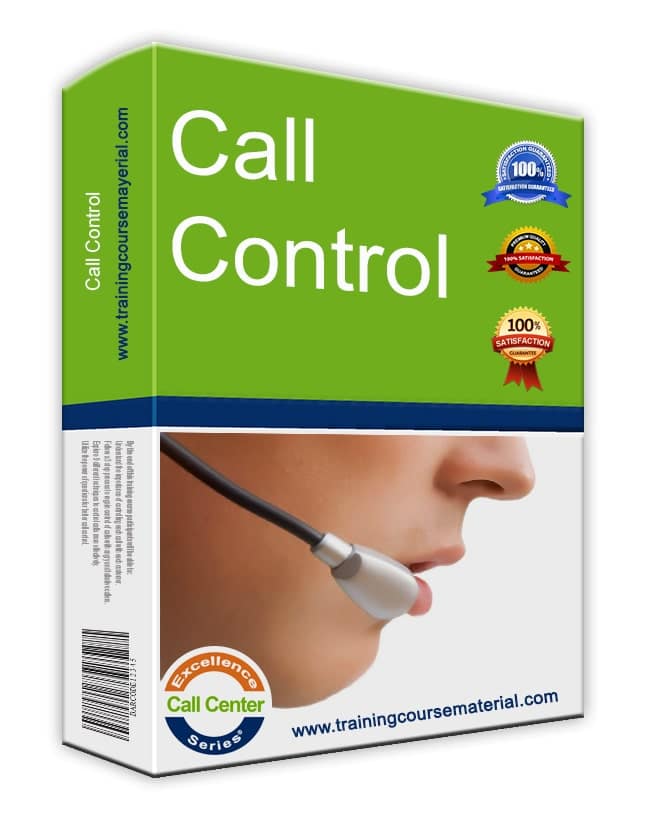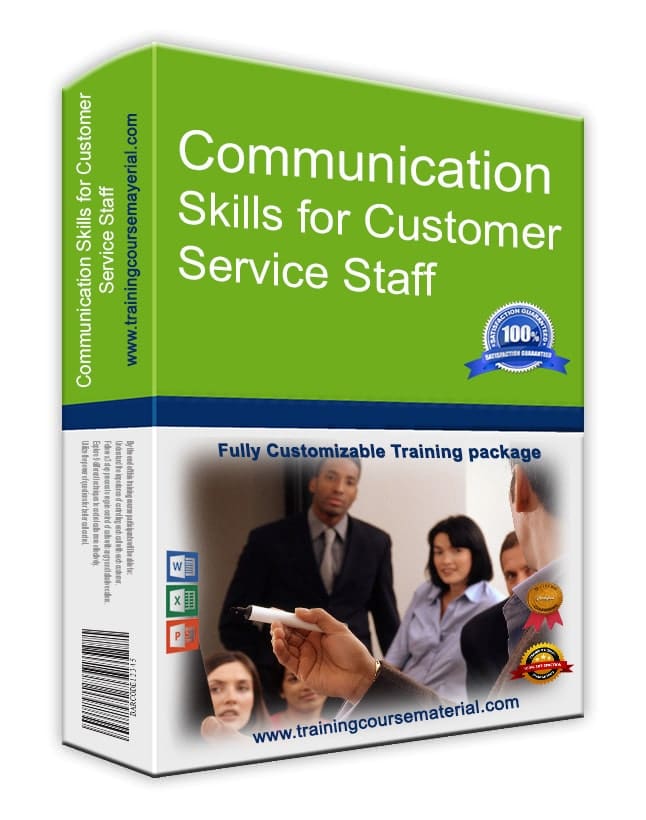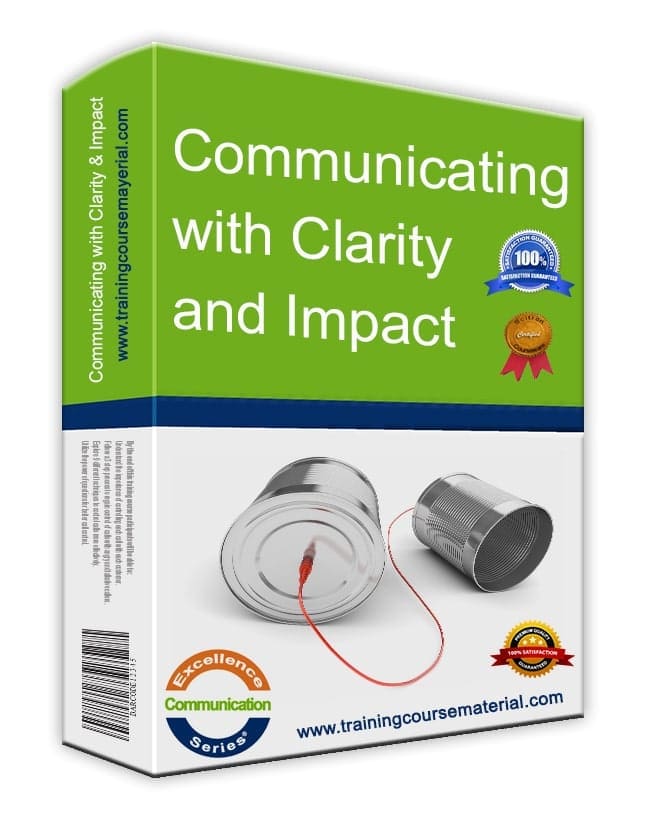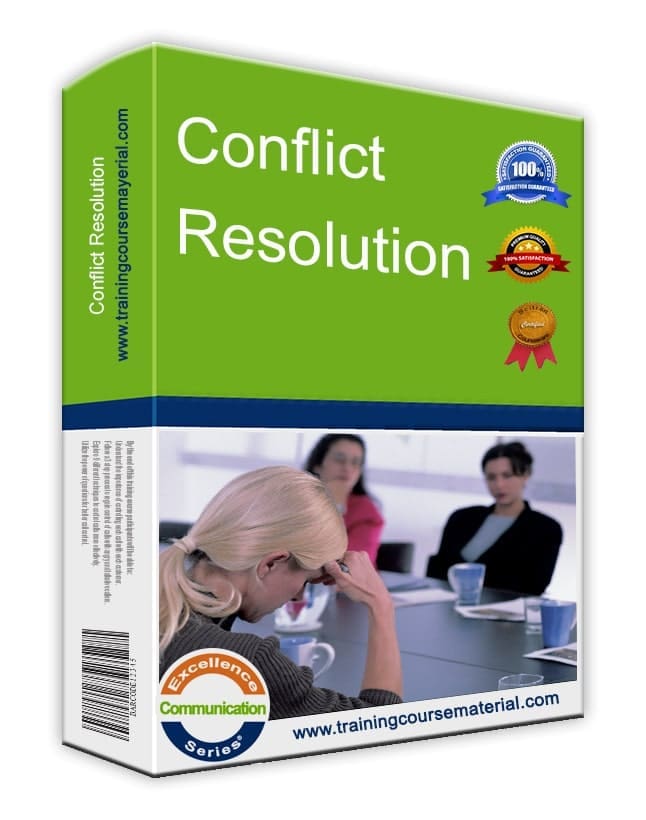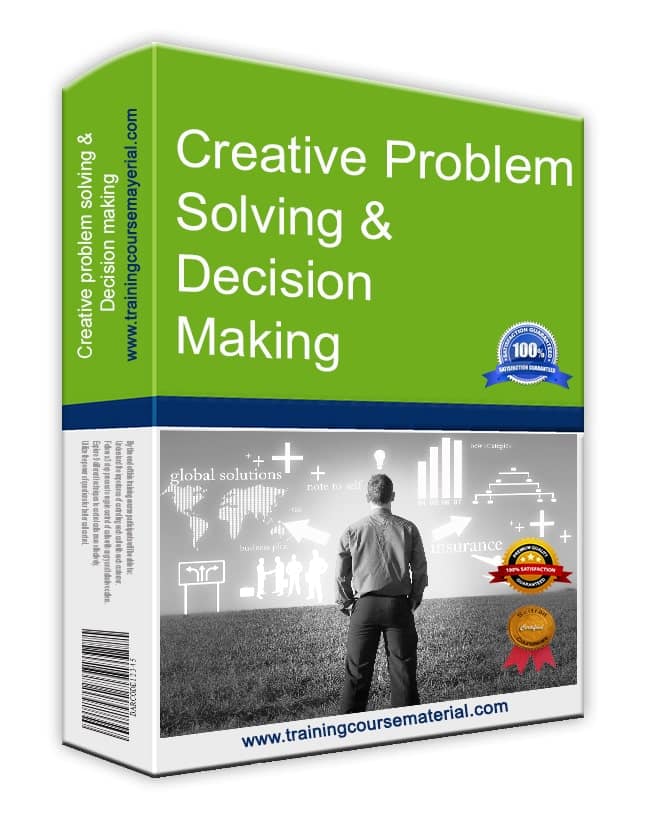“Culture can be analysed as a phenomenon that surrounds us at all times, being constantly enacted and created by our interactions with others... leadership & culture are 2 sides of the same coin.”
– Edgar Schein, Organizational Culture & Leadership
Corporate culture is the invisible thread that shapes every decision, interaction, and routine inside a company. It’s more than a set of values posted on the wall. It shows up in how meetings run, how people speak up (or don’t), and how decisions are made. Most employees might not even notice it—until it becomes toxic or misaligned with the company’s direction.
At its simplest, corporate culture is the sum of your organization’s behaviours, assumptions, and day-to-day practices. It evolves with time, especially as leadership changes or as the company grows. But when left unchecked, it can drift away from what the company actually needs to thrive.
🚀 Why Culture Shouldn’t Be Left to Chance
Culture has a direct impact on engagement, performance, and your ability to execute strategy. That’s why high-performing companies take the time to intentionally shape it. Healthy culture doesn’t just happen—it’s built and nurtured.
🔑 3 Building Blocks of High-Performance Culture
- 1. A Clear, Compelling Mission: Your mission should go beyond profit. It explains why your company exists and inspires employees. A good mission acts as a North Star—it aligns work and helps people understand the bigger picture.
- 2. Shared Core Values: These are your guiding principles. While strategies may change, your core values should remain constant. They guide behavior, shape decisions, and help define your brand identity inside and out.
- 3. Shared Accountability: Everyone in the company contributes to the culture, not just HR or leadership. Encourage ownership—make culture everyone’s business.
🛠️ How to Assess Your Corporate Culture
If you’re unsure where your culture stands, start with an honest assessment. You can:
- Conduct one-on-one interviews and team focus groups
- Observe daily behaviors, meeting dynamics, and communication flows
- Analyze hiring, promotion, and reward practices
- Use a structured tool like the Organizational Culture Self-Assessment to get a clear picture
📚 Related Training Resources
- 🧭 Assessing Your Organizational Culture (Self-Assessment Tool)
- 📘 Leadership Skills: Lead, Motivate & Inspire
- 🧰 Management Training: Managing People
📌 Real-World Example
An early-stage tech startup had high turnover and unclear accountability. After running a culture assessment, they discovered their values were vague and not lived. By redefining their mission and involving employees in setting cultural norms, engagement rose, and retention improved within three months.
✍️ Expert Review
Reviewed by Sarah M., Organizational Development Consultant with 15+ years advising companies on culture, performance, and strategy alignment. Last reviewed August 2025.
Written by TrainingCourseMaterial.com — your source for instant-download training materials and assessments that help teams work smarter, not harder.



